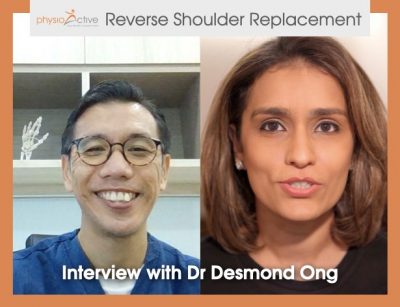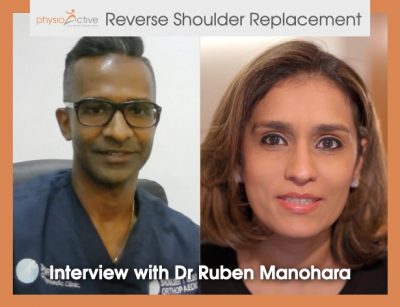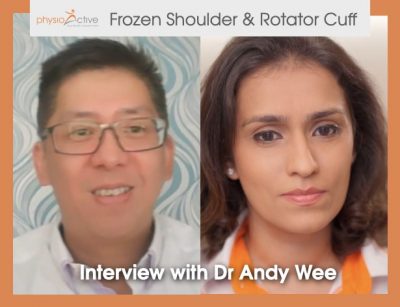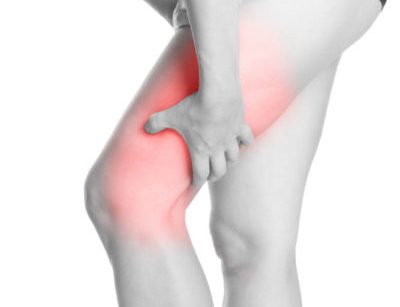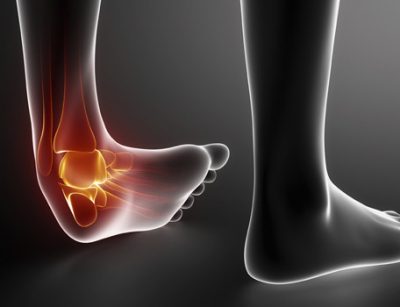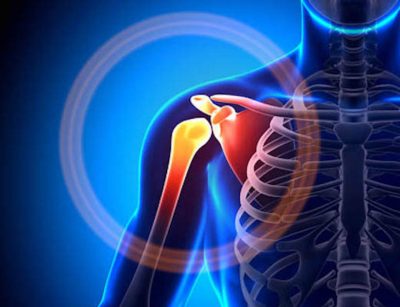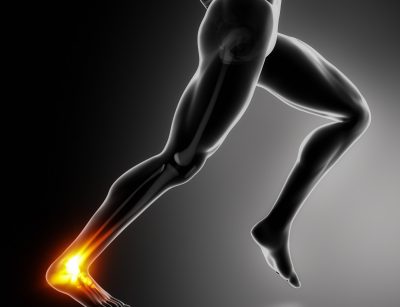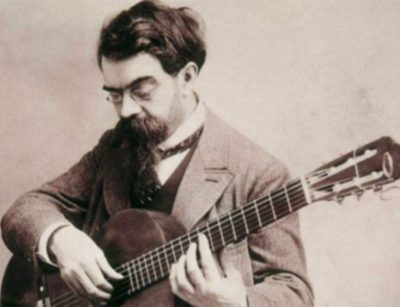
I asked myself, when Mr. E came to our clinic. He explained that Yoga has been part of his life for more than 25 years. At the age of 50, he felt that age couldn’t be fooled by him anymore. He had difficulty raising his arms in front of him and his hands behind him. He often woke up with sudden pain in bed.
In the Case Study series, I will explain how to formulate a comprehensive therapeutic framework. From the anamnesis process, screening / diagnosis, treatment plan, and management of the injury. I will also give my train of thought and logical steps here.
Background
Mr. E is a yoga enthusiast who has been practicing for more than 25 years. In a quarter of a century, he has been injured once only. But this shoulder injury prevented him from doing any sort of activity. He is a telehealth / online physiotherapy patient, a physiotherapy service via a video call that focuses on home exercises and injury self-management from PhysioActive.
In December 2019 there was a drastic change in his daily routine: His yoga sessions became irregular. In this regard, he also remembers an incident when he was walking with his dog in the morning, and the dog suddenly pulled his shoulder and caused the luxation of the Acromioclavicular joint. He practiced yoga alone or in class and with varying intensity each day.
In February this year, he did not practice at all. Instead, Mr. E sat in a chair for work in front of a laptop. Until finally, the injury occurred last March. His injury happened slowly and without his knowledge. The pain rises when he moves his arms forward until the limit and then sideways in the zones from 90º to 110º.
Shortly after that, pain and stiffness arise when performing an external rotation with rotational compensation in the thoracic column; besides that, there is also a pain to the position of the hands behind the back that only reaches the top level of the Sacrum bone. Stiffness grows from morning and peaks just before going to sleep, coupled with erratic pain of intensity.
Mr. E manages his pain attach by a hot pack, chili patch, and balm. This only temporarily reduces pain.
Analysis
There are 3 factors that we have to consider before conducting an assessment:
- Where is the pain?
- What structures are related?
- Causes of injury
During the diagnosis screening process, there is a painful arc in the zone 90º-110º for abduction and flexion, external rotation 10º (with +10º thoracic rotation), internal rotation cannot be performed due to pain. Pain points are in Greater Tubercle, inferior to Acromion, and lateral border of Scapulae.
Muscles such as the Trapezius Descendens, the Levator Scapulae, and the Scaleneus group appear to be compensating. Lumbar hyperlordosis is also apparent, resulting in thoracic hyperkyphosis which results in chest stiffness or the Pectoralis (chest muscles) group.
Weakness in Biceps Brachii is also visible, did you know that this muscle is one of the shoulder stabilizers? In addition, during palpation, there is the acromion structure of Mr. E looks sharper. In addition, the position of the anterior tilt scapula is also visible.
The 3rd factor causing this injury is inconsistency. The tendon is one of the anatomical structures that require consistent and progressive routines. If there is an imbalance in the posture, this structure will be injured and the term tendinitis or tendinopathy can occur.
In this case Mr. E experienced a hiatus period in sports for more than one month. He did not practice routinely, meaning less loading which of course produces regressive conditions. Changes in posture are also felt. He realized he began to bend after the pain appeared. Taking the initiative to conduct research in the midst of depression and uncertainty is a natural thing.
From the symptoms, he concluded that he had Shoulder Impingement as a result of his research. However, was this the case?
Hypothesis
Firstly we must define what impingement means. Of course, there are many explanations and unfortunately, this term alone does not help in defining the correct treatment. The location of the pain can be found further on. The goal is to find out the specific location of the injured rotator cuff tendon — whether on the outside or the underside.
a. Bursal Sided: traditional impingement which results in a tight squeeze between the acromion and the rotator cuff.
b. Articular sided: internal impingement or under the rotator cuff; usually occurs in the Supraspinatus tendon and / or Infraspinatus.
Both of them have different assessment methods but there is a similarity that we will always pinch the structure of our shoulders. However, it should be noted, excessive clamping can cause shoulder injury or a pathology.
So to recap everything: A hunched posture, anterior tilt scapula, painful arc, acute acromion, chronic symptoms of inflammation, hiatus from exercise, and inability to lift the arm more than painful arc – sounds like a tendinitis to me (?).
Treatment Plan
First and foremost, reducing pain is the top priority, after that improving the posture of the scapula to a neutral position and finally injury prevention. The therapy begins by relaxing the stiff muscles with manual therapy such as stretching, massage, and optional dry needling. After that strengthening of the muscles to facilitate a posterior tilt scapular movement, such as Serratus Anterior, Trapezius Intermedius, and Ascendens, and not forgetting Rhomboids.
Posture Awareness is a long-term investment, so it is advisable not to bend the body continuously. Strengthening the interscapular and anterior scapular muscles is very important.
Therapy can last for 4 weeks with a twice-weekly treatment plan. At the end of the treatment, a review will be carried out.
Cover
Now to answer the question how can a yoga practitioner get a shoulder injury? Surely he can. Just assuming that he has a flexible and strong body is a premature assumption and will quickly fade during the diagnosis process. It could even change. The key issue is inconsistency. Once a structure changes, a problem occurs. Do you agree with me? What do you think?
Write your comments and opinions in the comment box below!

